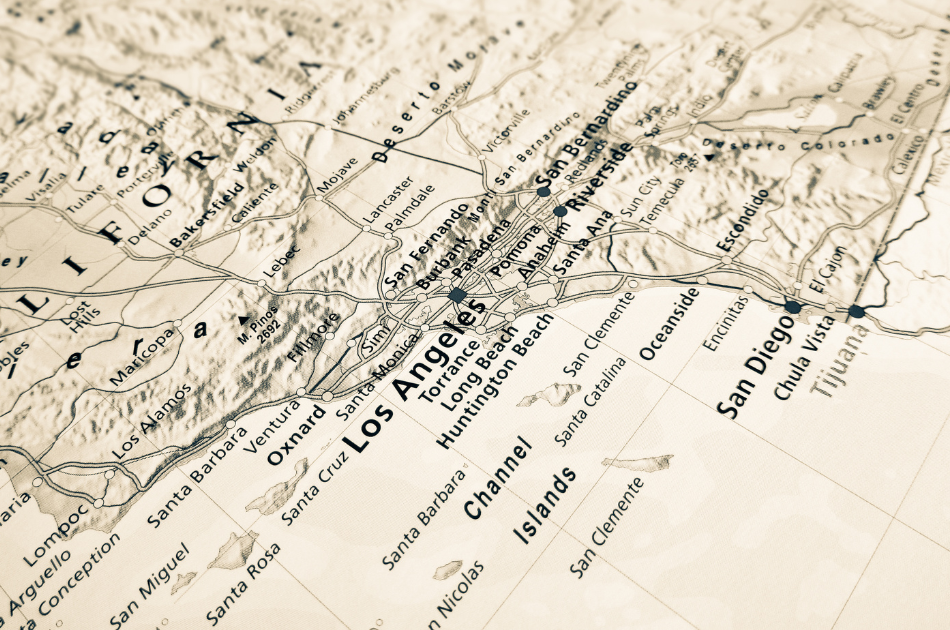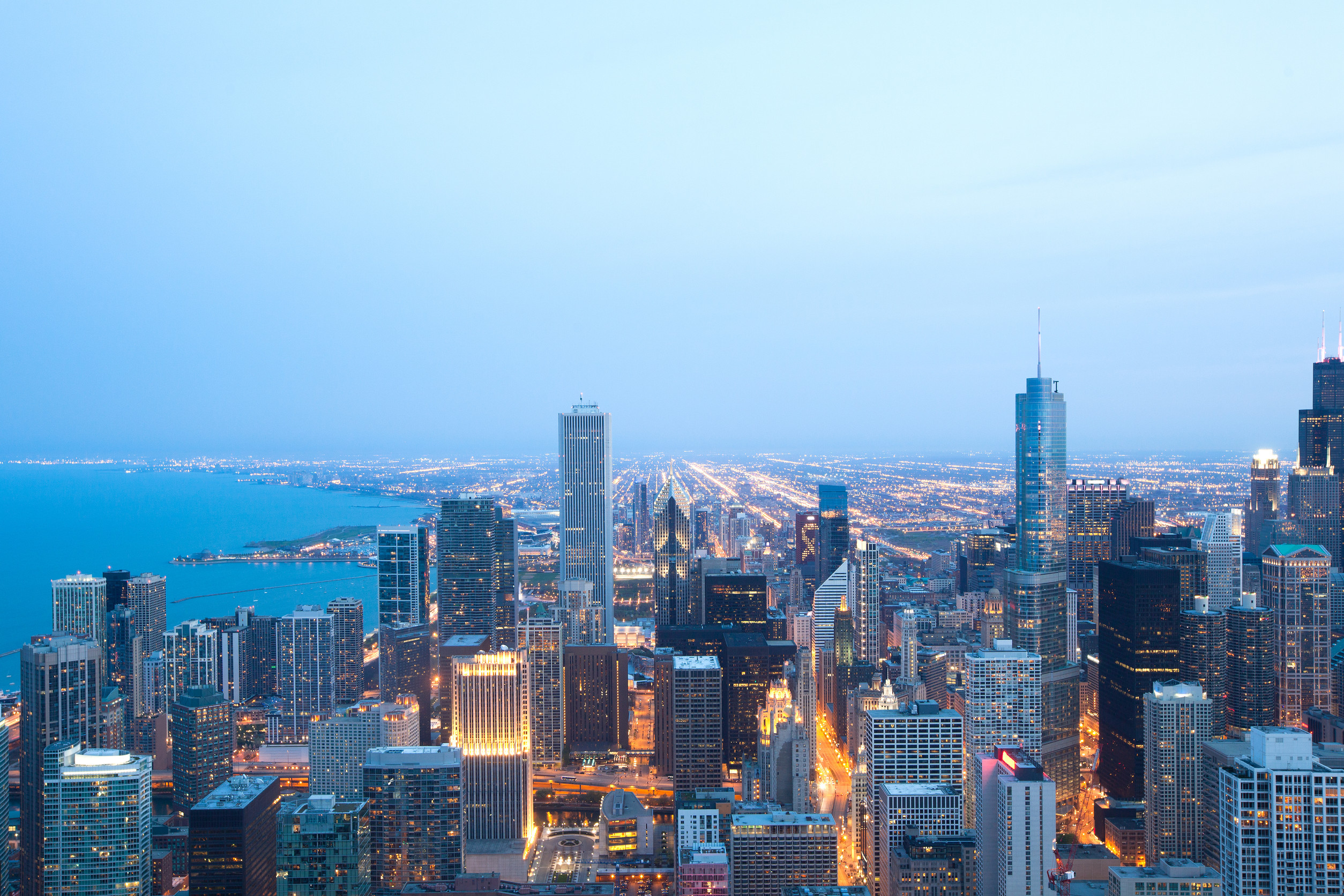Last year, the world lost trees covering more than 29 million acres, an area roughly the size of the entire state of Pennsylvania. It’s a painful statistic to read, but fortunately, there are also early signs that some efforts to stop business practices that drive deforestation might be working.
Using global satellite data and an algorithm, researchers at the University of Maryland looked at where the tree canopy was disappearing. Bolivia, for instance, saw a record-breaking number of trees lost to fires. But in some areas, the trend is moving in the other direction.
In Indonesia, where the government has stepped up enforcement to prevent land clearing and forest fires, tree cover loss shrank 5% from the previous year. In Colombia, where the government is also increasing enforcement, tree loss also dropped.
And in Ghana and Ivory Coast, loss of old-growth rain forest was a staggering 50% lower than in 2018. It’s too early to say definitively why some West African countries made so much progress, but it’s possible that efforts from chocolate companies—who source cocoa from the area—are helping, in partnership with governments there.
Hershey, for example, is working with cocoa farmers to help them grow more on the same amount of land and find other ways to avoid deforestation as production expands. More than 100 cocoa and chocolate companies are members of the Cocoa and Forests Initiative, a group that is mapping cocoa farms and working closely with governments to put the right policy in place to protect trees.
The challenge in the area is huge; over the last 50 years, Ivory Coast has lost 80% of its forests. But the new satellite data suggests that some changes are helping.
“It’s kind of a tantalizing clue, an early signal, that this kind of connection between public efforts and private efforts might be able to be effective,” says Frances Seymour, a distinguished senior fellow at the nonprofit World Resources Institute.












